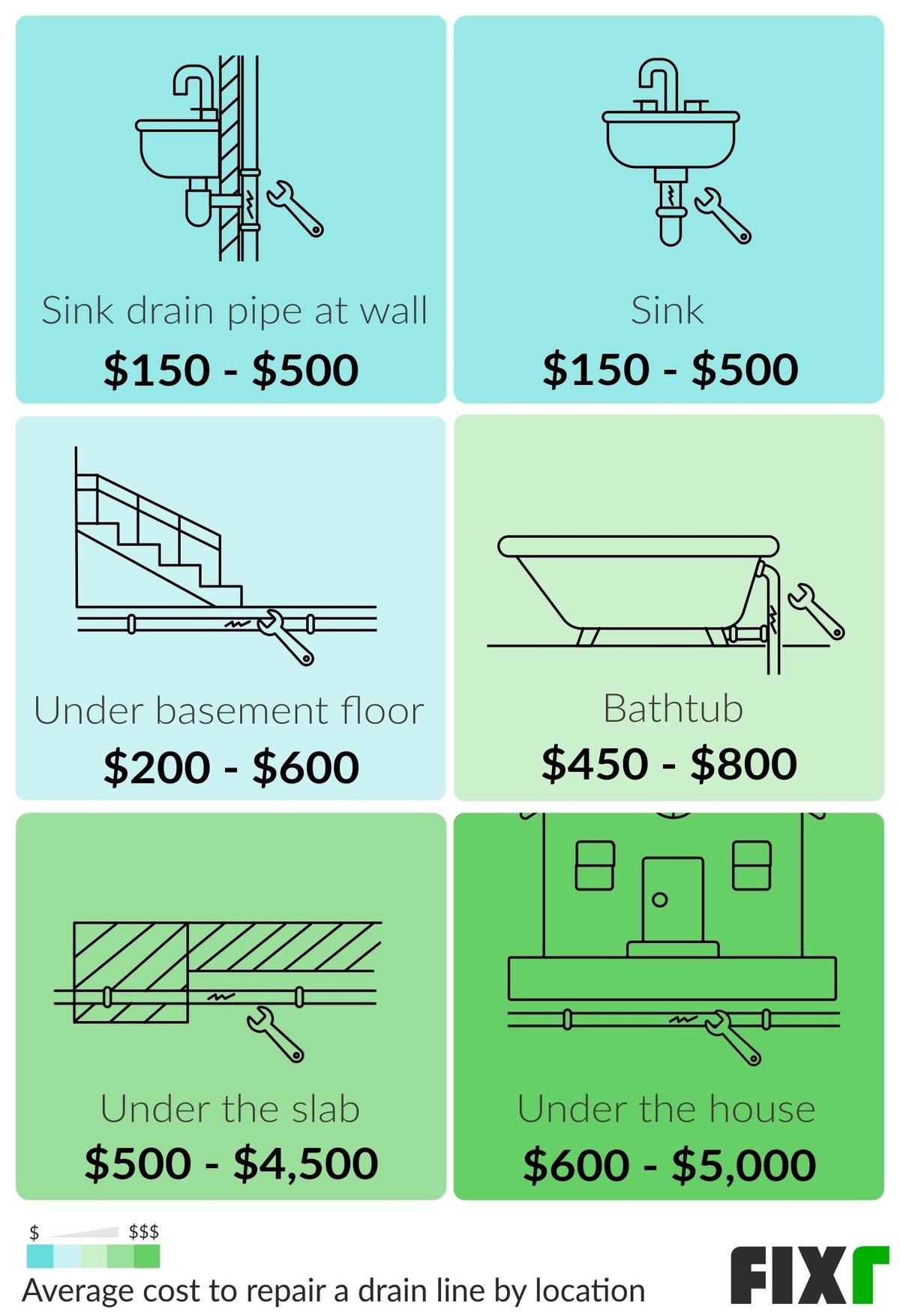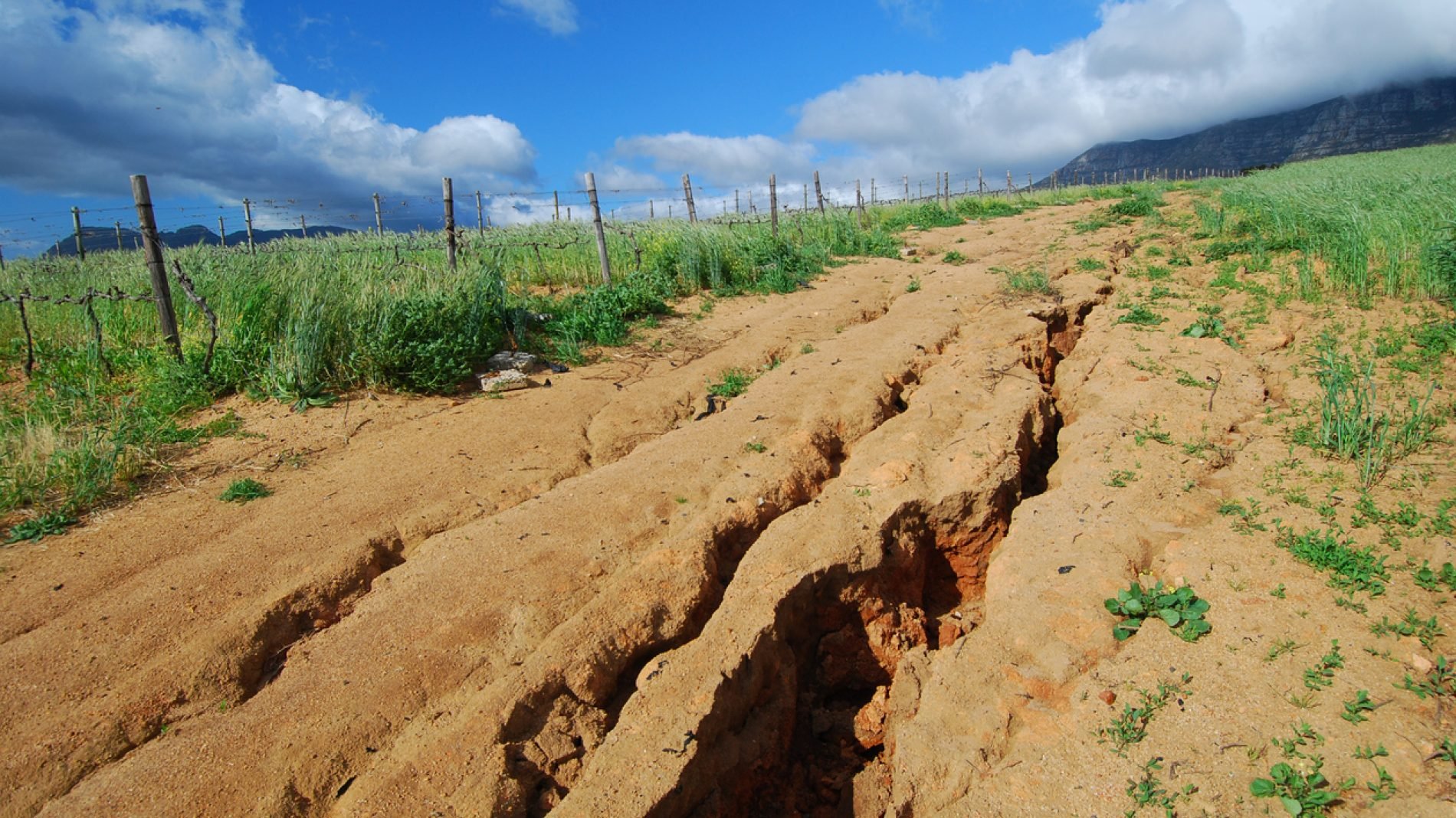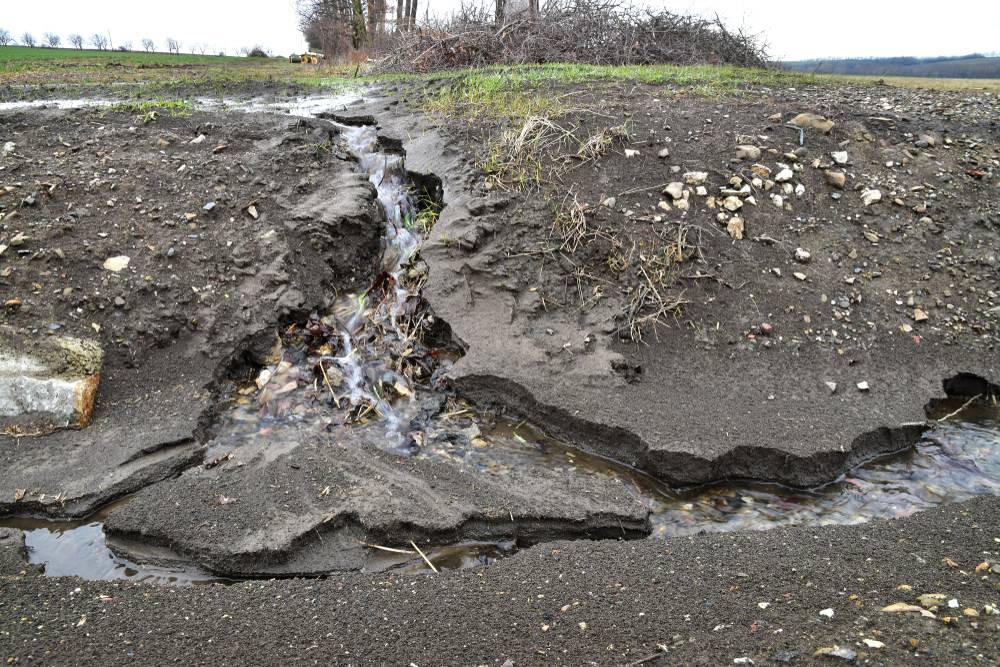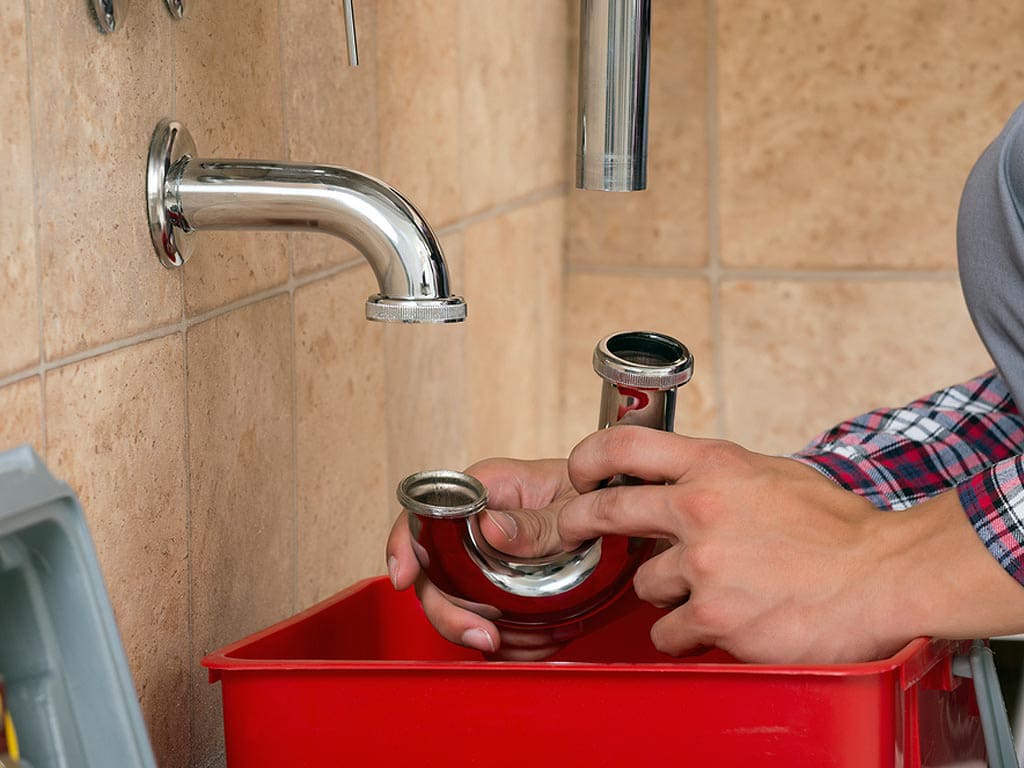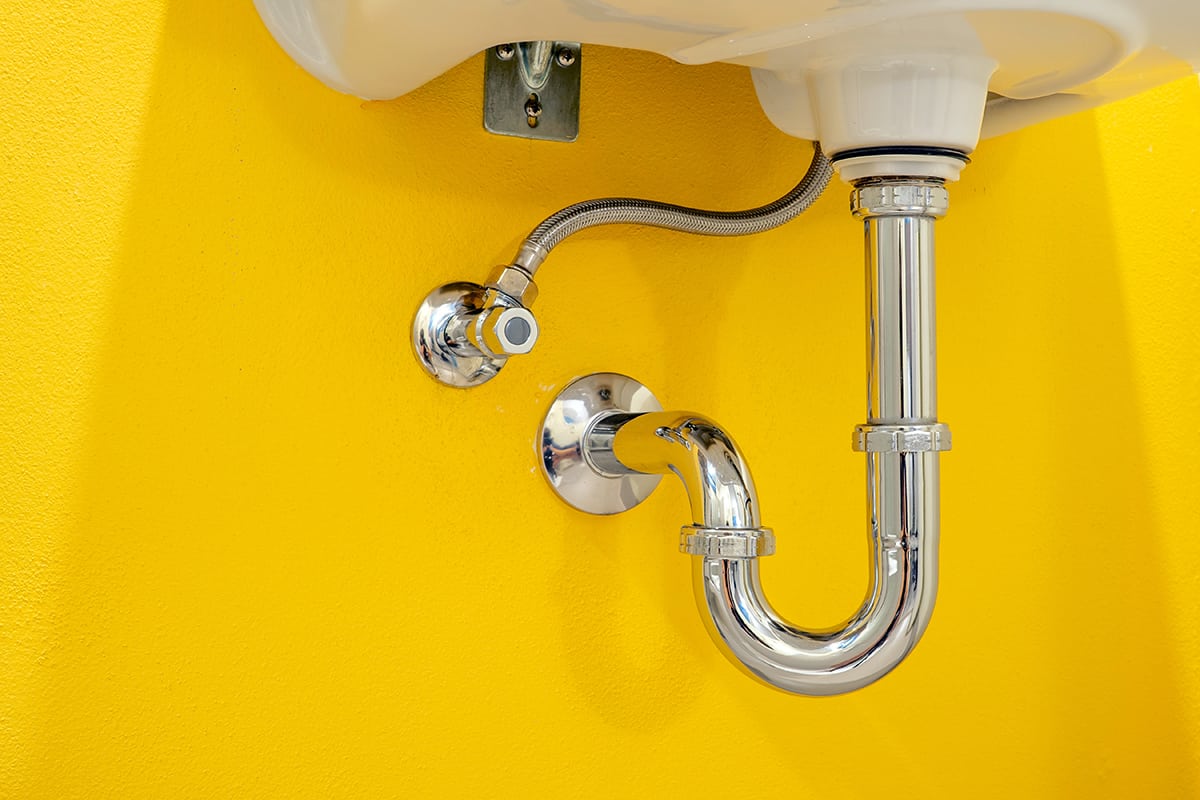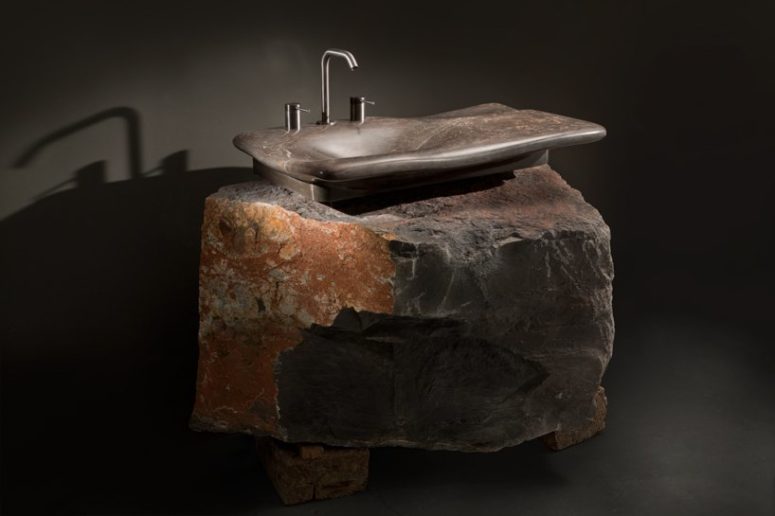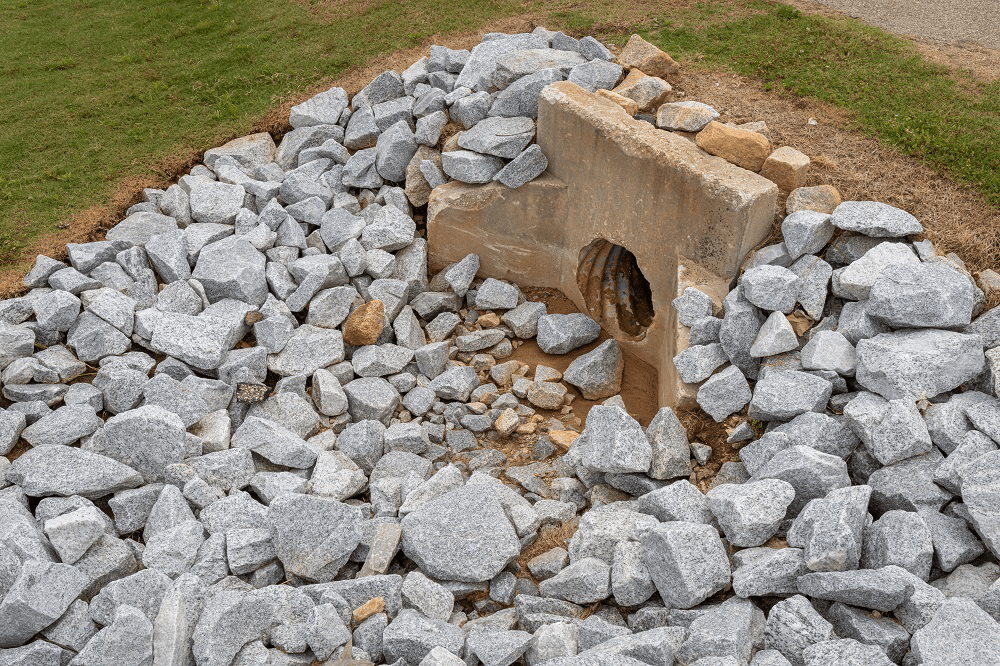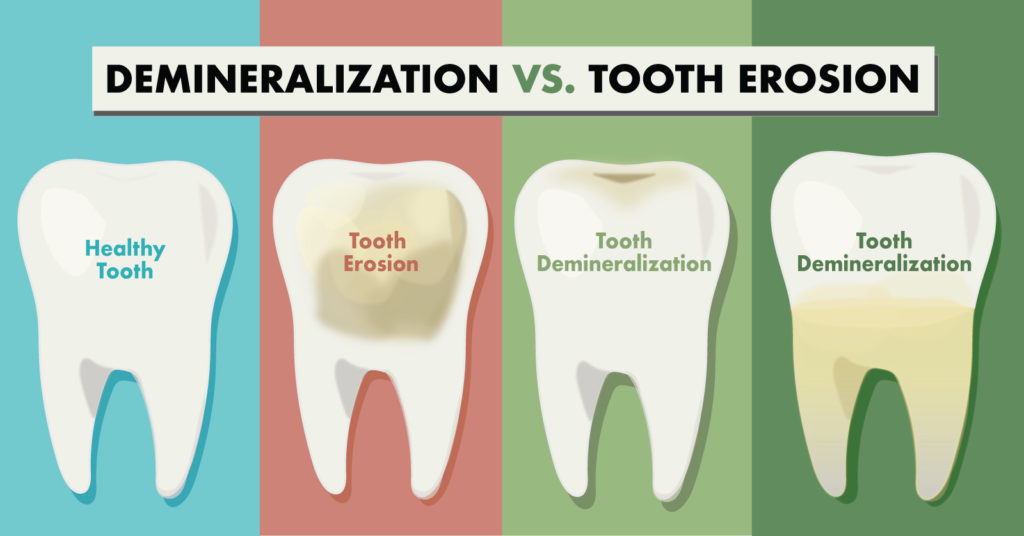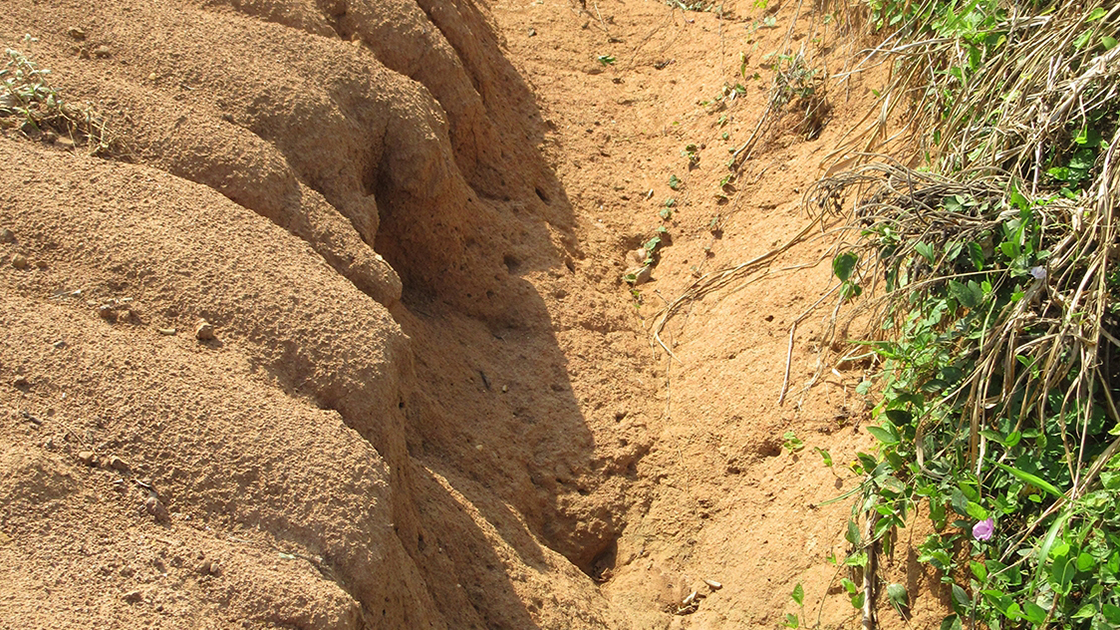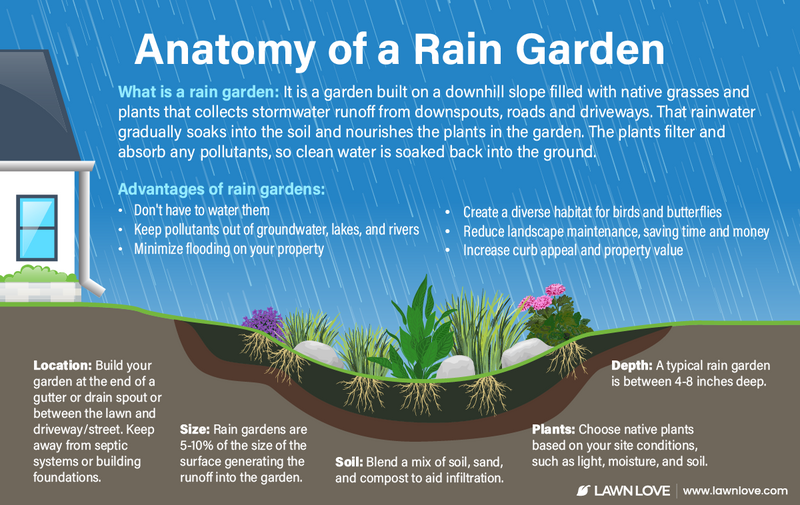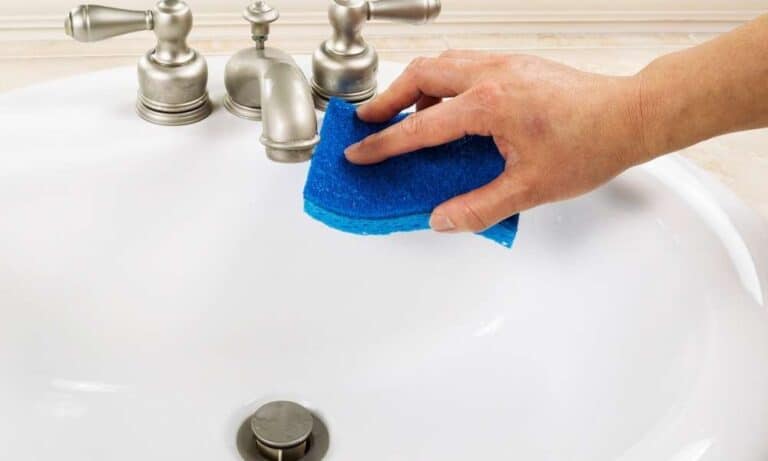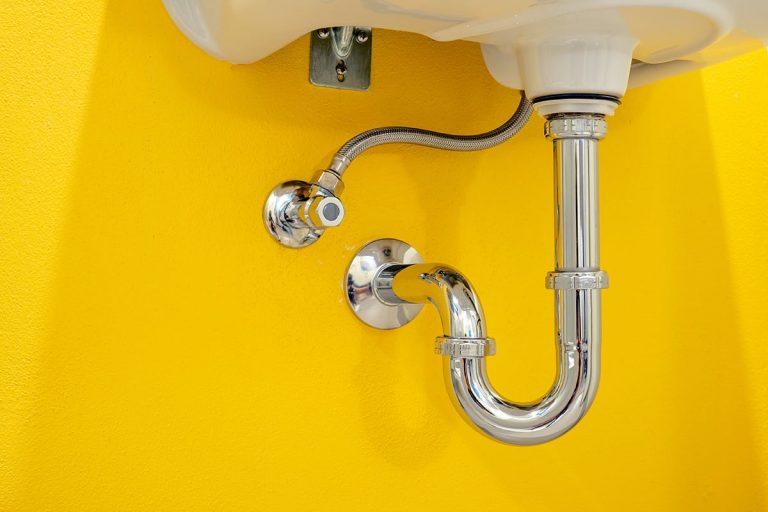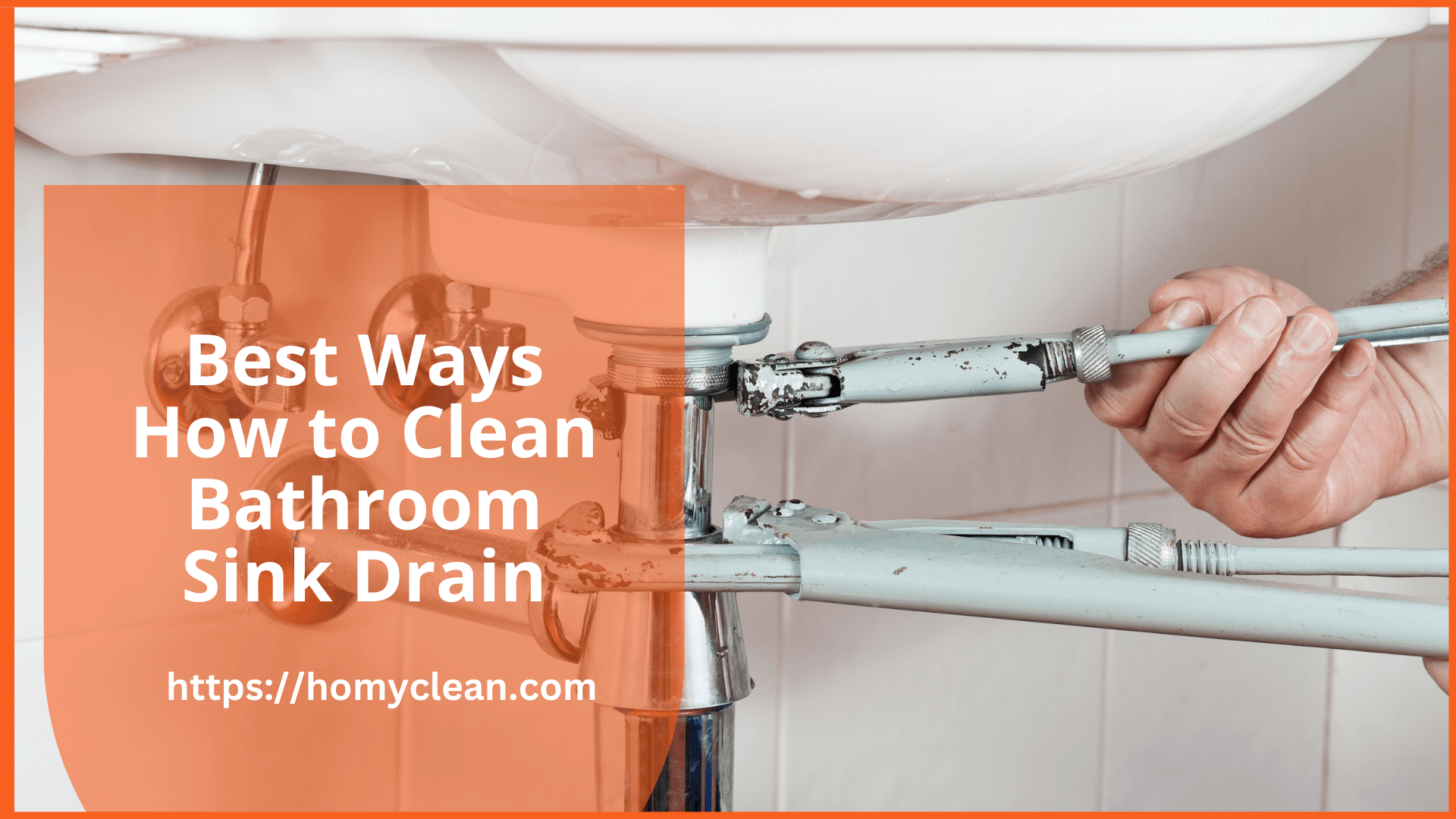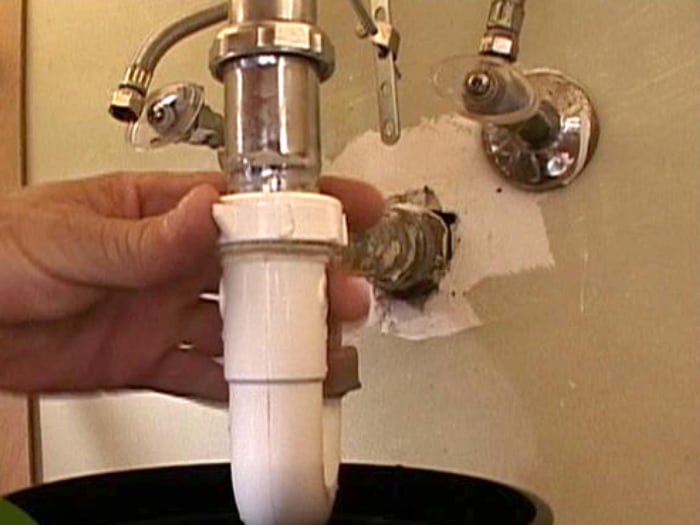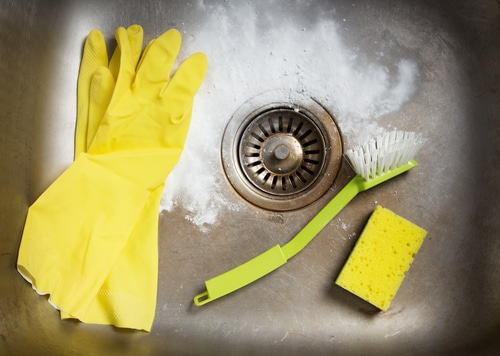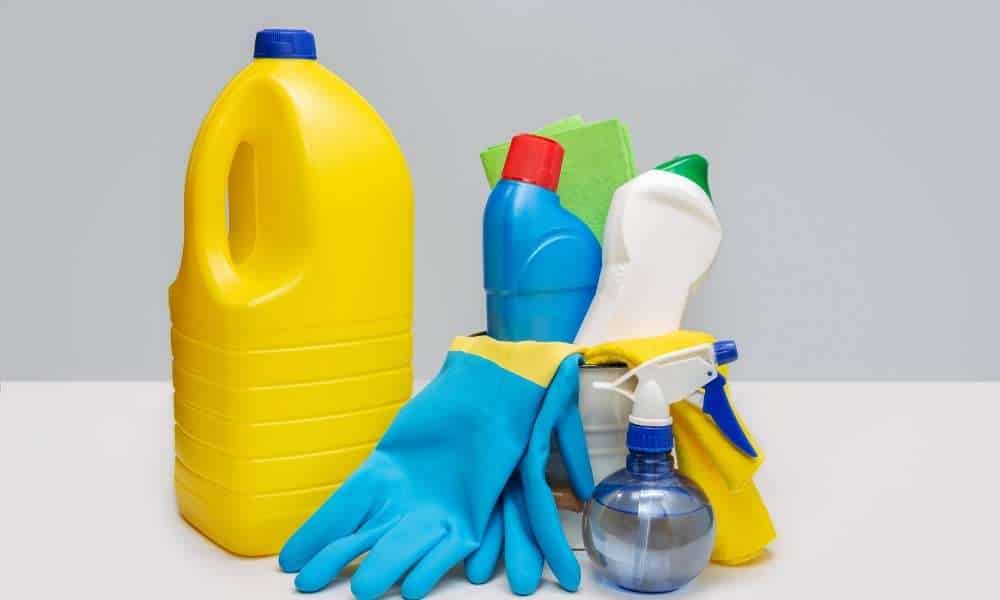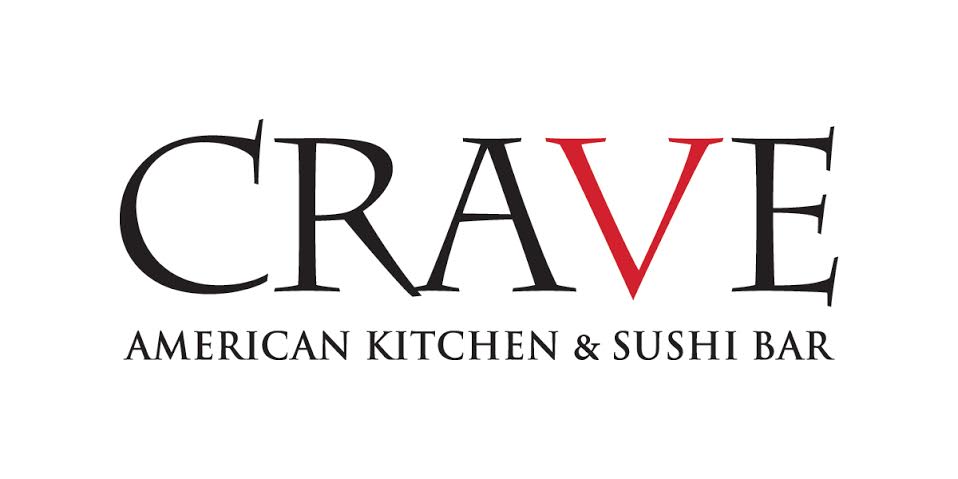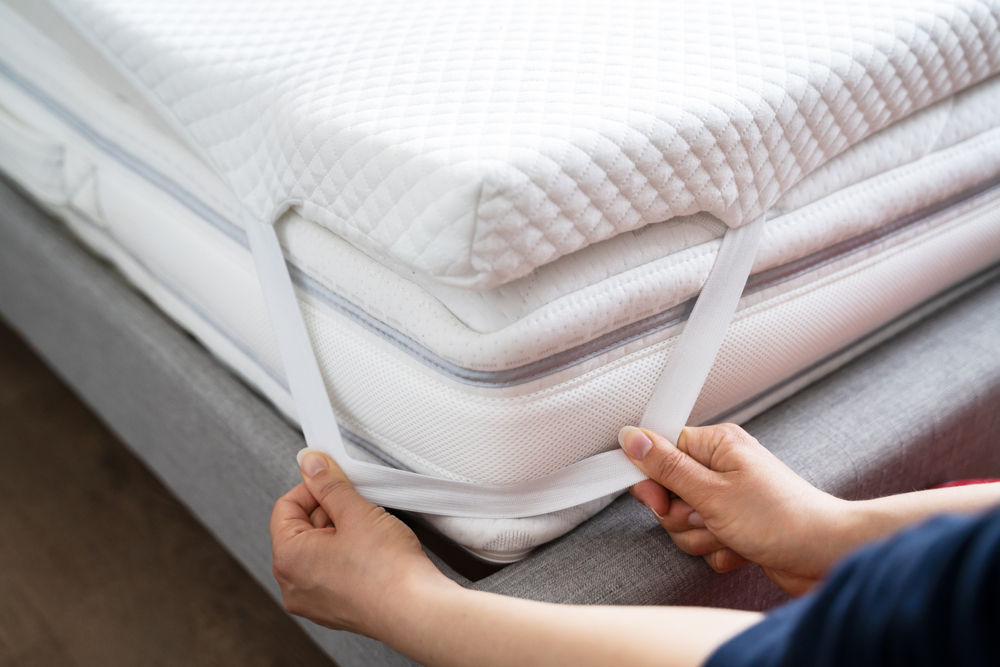Dealing with erosion in your bathroom sink drain can be a frustrating and expensive problem. Not only does it affect the functionality of your sink, but it can also lead to costly repairs and replacements. To help you prevent and address this issue, we have compiled a list of the top 10 causes of sink drain erosion and potential solutions. Sink Drain Erosion: Causes and Solutions
Prevention is always better than a cure, and this applies to sink drain erosion as well. One of the best ways to prevent erosion is by using a drain strainer to catch any debris that could cause damage to your drain over time. Regularly cleaning the strainer and clearing out any build-up will also help maintain a healthy drain. How to Prevent Erosion in Your Bathroom Sink Drain
Erosion occurs when water, chemicals, and other materials wear away at the surface of your sink drain. This can happen over time due to repeated use, or it can be accelerated by the use of harsh chemicals or abrasive materials. As the erosion progresses, it can lead to leaks, clogs, and even complete failure of your sink drain. Understanding the Effects of Erosion on Your Bathroom Sink Drain
It's essential to be aware of the warning signs of erosion in your bathroom sink drain so that you can address the issue before it becomes a major problem. Some common signs to look out for include slow drainage, foul odors, leaks, and visible damage to the surface of the drain. Common Signs of Erosion in Bathroom Sink Drains
If you notice signs of erosion in your sink drain, it's crucial to address it as soon as possible to prevent further damage. Depending on the extent of the erosion, you may be able to repair it yourself with some DIY solutions such as using a mix of baking soda and vinegar to clean the drain or applying a sealant to the damaged area. Repairing Erosion in Your Bathroom Sink Drain
Regular maintenance is key to preventing erosion in your bathroom sink drain. This includes regularly cleaning the drain, using gentle cleaning products, and avoiding putting any harsh chemicals down the drain. It's also a good idea to have a professional plumber inspect your sink drain regularly to catch any potential issues before they become more severe. The Importance of Regular Maintenance for Bathroom Sink Drains
The materials used for your sink drain can play a significant role in preventing erosion. Stainless steel and brass are both highly durable and resistant to erosion. Avoid using plastic or rubber materials, as they can break down over time and contribute to erosion. How to Choose the Right Materials for Your Bathroom Sink Drain to Prevent Erosion
If you prefer to tackle the issue yourself, there are a few DIY solutions you can try to repair erosion in your bathroom sink drain. These include using a plunger to remove any clogs, using a drain snake to clear out any debris, and applying a waterproof sealant to the damaged areas. DIY Solutions for Erosion in Bathroom Sink Drains
If the erosion is severe or has caused significant damage to your sink drain, it's best to seek professional help. A plumber will have the necessary equipment and expertise to repair the damage and prevent it from happening again in the future. Professional Services for Repairing Erosion in Bathroom Sink Drains
To keep your bathroom sink drain in top condition and prevent erosion, there are a few simple tips you can follow. These include avoiding pouring grease or oil down the drain, using a drain strainer, and regularly cleaning the drain with a mix of baking soda and vinegar to prevent build-up. In conclusion, prevention and regular maintenance are key to preventing erosion in your bathroom sink drain. By following these tips and being aware of the potential causes and warning signs, you can keep your sink drain in excellent condition and avoid costly repairs or replacements in the future. Tips for Maintaining a Healthy Bathroom Sink Drain to Prevent Erosion
The Importance of Proper Drain Maintenance for Bathroom Sink Design

Preventing Erosion in Your Bathroom Sink Drain
 When designing a house, the bathroom sink may not be the most exciting feature to think about. However, it is an essential part of any bathroom and plays a crucial role in the overall design and functionality of the space. One often overlooked aspect of bathroom sink design is the drainage system. Over time, improper maintenance of the sink drain can lead to erosion, causing damage and costly repairs. In this article, we will discuss the importance of proper drain maintenance and how it can prevent erosion in your bathroom sink.
When designing a house, the bathroom sink may not be the most exciting feature to think about. However, it is an essential part of any bathroom and plays a crucial role in the overall design and functionality of the space. One often overlooked aspect of bathroom sink design is the drainage system. Over time, improper maintenance of the sink drain can lead to erosion, causing damage and costly repairs. In this article, we will discuss the importance of proper drain maintenance and how it can prevent erosion in your bathroom sink.
The Function of a Bathroom Sink Drain
 Before diving into the importance of proper drain maintenance, it is essential to understand the function of a bathroom sink drain. The sink drain is responsible for carrying water and waste away from the sink, preventing it from sitting stagnant and causing unpleasant odors and potential health hazards. It also helps to maintain the integrity of the sink itself by preventing water from pooling and causing damage to the surface or surrounding areas.
Before diving into the importance of proper drain maintenance, it is essential to understand the function of a bathroom sink drain. The sink drain is responsible for carrying water and waste away from the sink, preventing it from sitting stagnant and causing unpleasant odors and potential health hazards. It also helps to maintain the integrity of the sink itself by preventing water from pooling and causing damage to the surface or surrounding areas.
The Dangers of Erosion in Bathroom Sink Drains
 Erosion occurs when water and waste consistently flow through the drain, slowly wearing away at the pipes and causing them to weaken and eventually collapse. This can lead to leaks, clogs, and even potential flooding in your bathroom. Not only can this be a costly and inconvenient issue to fix, but it can also pose health risks due to potential mold growth and exposure to harmful bacteria.
Proper Drain Maintenance to Prevent Erosion
Fortunately, there are simple steps you can take to prevent erosion in your bathroom sink drain. Regularly cleaning the drain and removing accumulated hair and debris can help prevent clogs and keep the water flowing freely. You can also use a mixture of baking soda and vinegar to flush out any buildup and help keep the pipes clean.
In addition to regular cleaning, it is crucial to be mindful of what goes down the drain. Avoid pouring harsh chemicals or grease down the sink, as they can cause damage to the pipes and contribute to erosion. Using a drain stopper can also help prevent larger items from going down the drain and causing potential clogs.
Erosion occurs when water and waste consistently flow through the drain, slowly wearing away at the pipes and causing them to weaken and eventually collapse. This can lead to leaks, clogs, and even potential flooding in your bathroom. Not only can this be a costly and inconvenient issue to fix, but it can also pose health risks due to potential mold growth and exposure to harmful bacteria.
Proper Drain Maintenance to Prevent Erosion
Fortunately, there are simple steps you can take to prevent erosion in your bathroom sink drain. Regularly cleaning the drain and removing accumulated hair and debris can help prevent clogs and keep the water flowing freely. You can also use a mixture of baking soda and vinegar to flush out any buildup and help keep the pipes clean.
In addition to regular cleaning, it is crucial to be mindful of what goes down the drain. Avoid pouring harsh chemicals or grease down the sink, as they can cause damage to the pipes and contribute to erosion. Using a drain stopper can also help prevent larger items from going down the drain and causing potential clogs.
Conclusion
:max_bytes(150000):strip_icc()/bathroom-sink-drain-installation-2718843-02-61e5ecbee1e949be8d8f45ac4f5a6797.jpg) In conclusion, proper drain maintenance is crucial for preventing erosion in your bathroom sink drain. By regularly cleaning and being mindful of what goes down the drain, you can prevent costly repairs and maintain the functionality and design of your bathroom sink. Remember, taking small steps now can save you from bigger headaches in the future.
In conclusion, proper drain maintenance is crucial for preventing erosion in your bathroom sink drain. By regularly cleaning and being mindful of what goes down the drain, you can prevent costly repairs and maintain the functionality and design of your bathroom sink. Remember, taking small steps now can save you from bigger headaches in the future.


